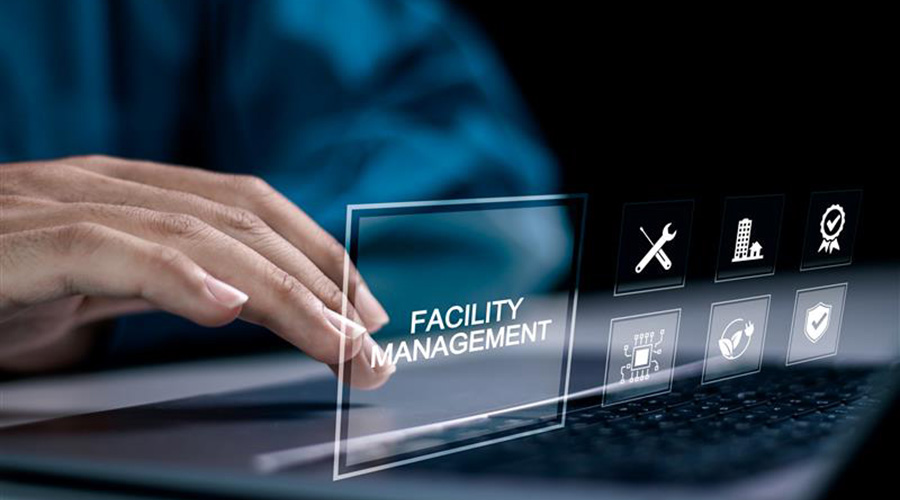Assessing If (And If So, Where) Installing EV Chargers Is a Good Idea
How can facility managers best assess if installing EV chargers at their facility is a good idea, and how can they evaluate how many and where to install them? Are there baseline facility-level requirements for a successful EV charging installation?
From my perspective, providing EV charging infrastructure is a very good idea. EV charging is a significant opportunity to provide market differentiation and potential revenue to your facility.
There are now over 250,000 plug-in vehicles on the road in the United States. I believe that with longer range and lower prices we will hit a large tipping point in the next three years. I would suggest that facility managers count the number of hybrids in their parking structure today and consider what charging infrastructure would be needed to support that number of plug in vehicles within three years.
For a facility manager, the key is to appreciate that this is a scalable opportunity. In states like California, the building codes are moving to a minimum of 3 percent of new parking spaces be able to support EV charging; some local jurisdictions have requirements for 12 to 25 to 100 percent.
Two site-specific factors to consider are:
a) What is the electrical capacity of your facility? The National Electric Code, Section 625, (regulations that govern the operation and installation of electric vehicle charging infrastructure) states that charging is a “continuous load” and requires 125 percent of the load be dedicated to support charging. Practically that means that for every 30a charging station, a dedicated 40a breaker must be installed in a panel. The question is, what is the current load and how does that scale to support current and future charging needs? You might have to consider capacity and panel upgrades to support the envisioned number of chargers.
b) Is it possible to install raceway and conduit to proposed charging locations in a single construction project? Even if you are not going to use all the electrical capacity or install a large number of charging stations at the present time, installing charging stations is a construction project. Installing raceway, conduits and jboxes at proposed EV charging locations could save money and allow for future expansion with a minimum of effort.
Answers by John Kalb, founder, EV Charging Pros. EVChargingPros has been providing vendor independent consulting services nationwide to property owners and facility managers since 2012. He can be reached at johnk@evchargingpros.com.
Related Topics:














